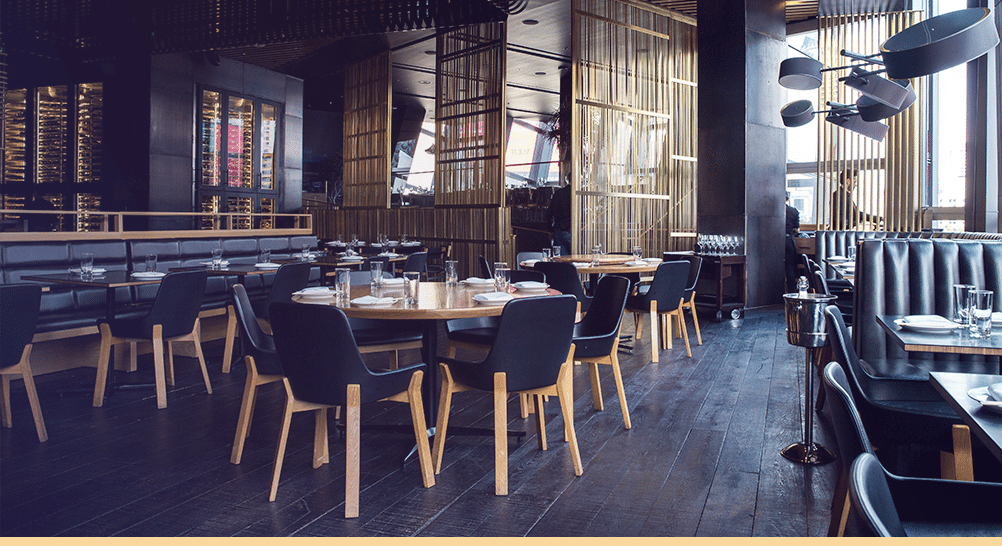Restaurant owners and managers must constantly innovate and improve their operations to meet changing customer expectations, gain a competitive advantage, enhance operational efficiency, and capitalize on market trends. But implementing improvements without testing them first is risky. Failed strategic initiatives can lead to financial losses, reputational damage, operational disruptions, loss of competitive edge, and decreased employee morale. It is essential restaurants carefully plan and execute changes based on sound decision intelligence; an effective strategy is test and learn for restaurants. By testing their ideas on a small scale before going big, retailers can ensure that every innovation they invest in produces positive returns.
Innovation and menu development
Test and learn provides restaurants with a valuable framework for innovation and menu development. By testing new dishes, ingredients, or cooking techniques on a smaller scale before full-scale implementation, restaurants can gauge customer preferences and assess the viability of new menu items. This approach helps minimize risks associated with introducing new offerings and allows for refinement based on customer feedback. It empowers restaurants to be more adventurous with their menus, attract new customers, and keep existing patrons engaged with exciting culinary experiences.

Operational efficiency
Efficiency is vital in the restaurant industry, where time and resources are precious commodities. Test-and-learn methodologies can help streamline operations. By experimenting with different processes, such as reorganizing kitchen layouts, optimizing inventory management systems, or testing new technologies, restaurants can identify bottlenecks, eliminate waste, and improve overall efficiency. This data-driven approach enables restaurants to make informed decisions and implement changes that can reduce costs, increase productivity, and enhance the dining experience.
Marketing and customer experience
Test and learn can play a crucial role in generating marketing strategies that improve the customer experience. Restaurants can experiment with different marketing campaigns, offers, or loyalty programs to identify what resonates most with their target audience. Through data analysis and feedback collection, they can determine the most effective channels, messaging, and promotions to drive customer engagement and loyalty. Additionally restaurants can test various elements of the customer experience, such as seating arrangements, ambiance, or staff interactions, to create memorable dining experiences that keep customers coming back.
Pricing and revenue optimization
Setting the right prices for menu items is an ongoing challenge for restaurants. Test and learn allows restaurants to test different pricing strategies, monitor customer response, and optimize revenue generation. By conducting pricing experiments on specific menu items or implementing dynamic pricing based on demand patterns, restaurants can identify the optimal price points that maximize profitability without deterring customers. These insights can guide restaurants in pricing decisions, menu engineering, and overall revenue optimization.
Staff training and development
Effective training and development of staff members are crucial for delivering exceptional service in the restaurant industry. Test-and-learn methodologies can be employed to enhance staff training programs and improve employee performance. Restaurants can conduct small-scale trials to test different training approaches, assess their impact on staff competence and customer satisfaction, and refine training methods accordingly. By investing in staff development and continually refining training processes, restaurants can ensure consistent service quality, minimize errors, and foster a motivated and skilled workforce.
The test-and-learn approach offers significant advantages for restaurants seeking sustainable growth and success. By embracing experimentation, data analysis, and continuous improvement, restaurants can innovate their menus, optimize operations, refine marketing strategies, and elevate overall customer experience. Implementing this methodology enables restaurants to adapt to changing market trends, gain a competitive edge, and ultimately thrive in the dynamic and demanding world of the foodservice industry. Embracing the test-and-learn philosophy is not only a recipe for success but also a commitment to constant evolution.
To learn more about test-and-learn methodologies and cultures, check these articles out:
Mitigating risk and optimizing opportunity with in-store testing
Key drivers for developing into a mature testing organization
The surprising power of a testable hypothesis




